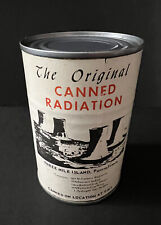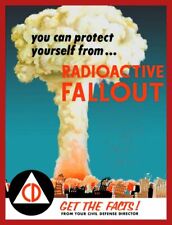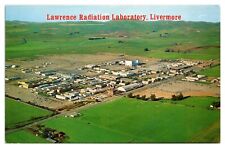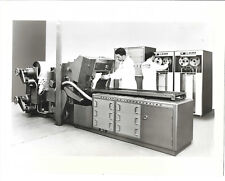
Analyzing data from population centers around normally functioning nuclear power stations, German researchers have found an increased percentage of male births.
The researchers, Hagen Scherb and Kristina Voigt, from Helmholtz Zentrum in Munich, also looked at data from countries exposed to radiation from the Chernobyl accident. The findings appear inEnvironmental Science and Pollution Research.
Scherb and Voigt’s work shows a significant gender gap correlating with nuclear radiation exposure:
- Increases in male births relative to female births in Europe and the US in the 1960s are a likely consequence of atmospheric atomic bomb test fallout.
- There was a significant skew in gender balance in Europe in the year following Chernobyl (1987), whereas no such similar effect was seen in the US, which was less exposed to the consequences of the catastrophe.
- Among populations living in proximity to nuclear facilities (within 22 miles), sex odds increased significantly.
Scherb says that taken together, these findings show a long-term, dose-dependent impact of radiation exposure on human sex odds, proving cause and effect. What is less clear is whether this increase in male births relative to female births is the result of a reduced frequency of female births or an increased number of male births.
Related:
Take Two Rads And Call Me In The Morning
Lightning unleashes potent radiation cocktail
Sex selection gender skew in East raises concerns
Chernobyl Fungus Feeds On Radiation


















Comments are closed.